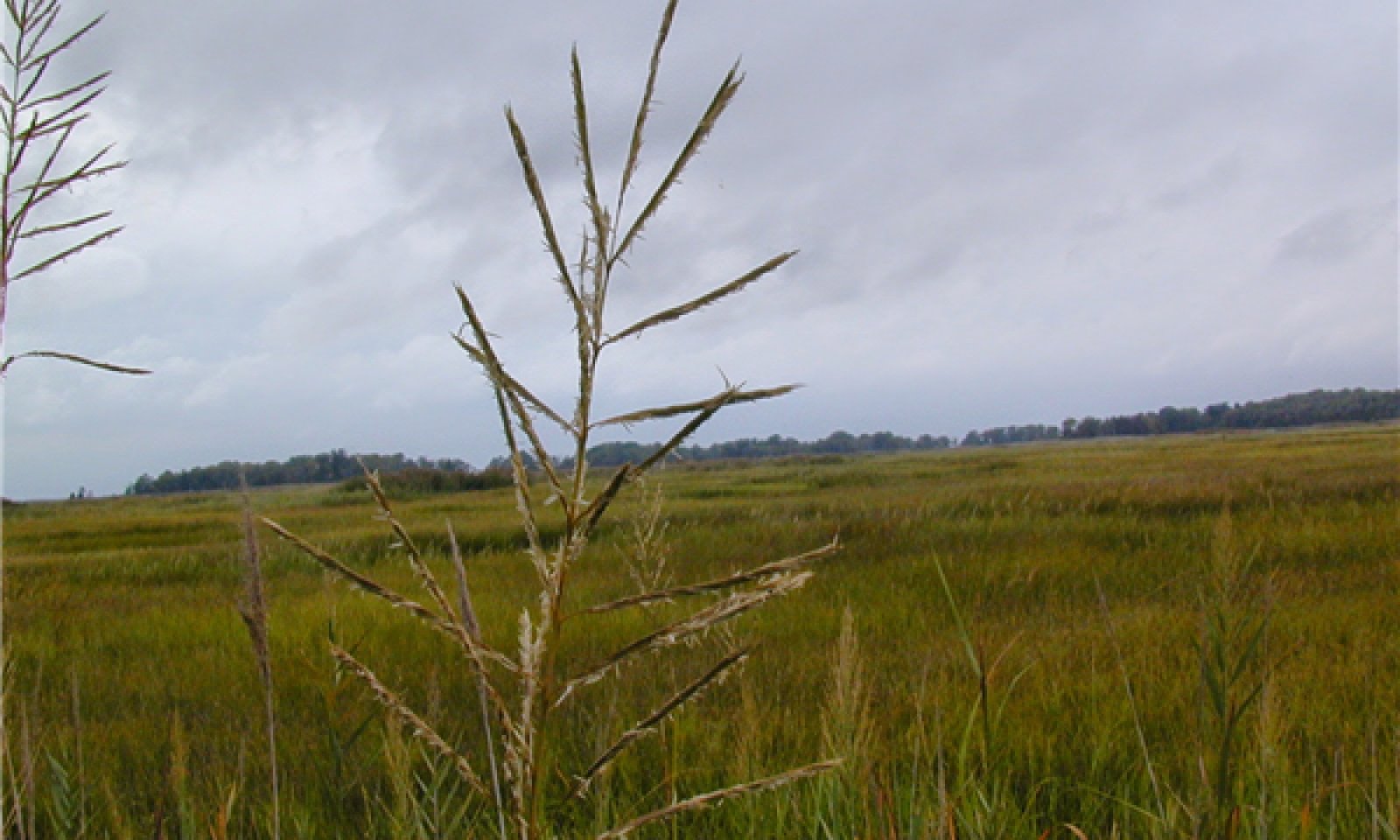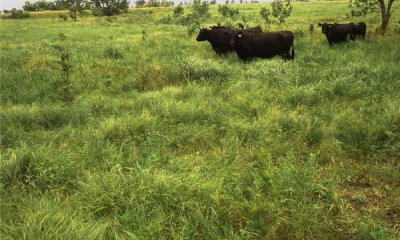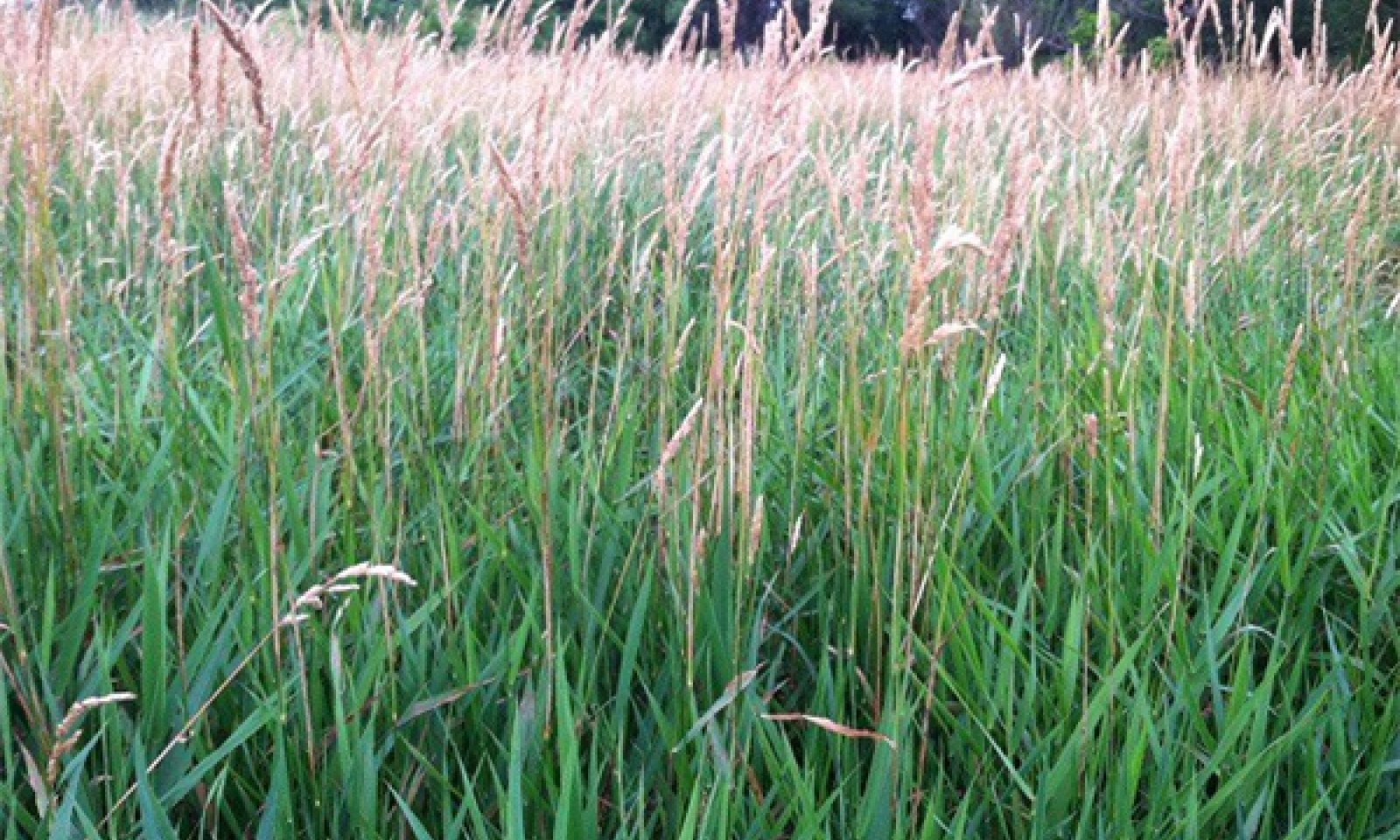
Wet Subirrigated
Scenario model
Current ecosystem state
Select a state
Management practices/drivers
Select a transition or restoration pathway
- Transition T1-2 More details
- Transition T1-3 More details
- Transition T1-4 More details
- Transition T 2-3 More details
- Transition T 2-4 More details
- Transition T 3-4 More details
- Restoration pathway R4-1 More details
- Restoration pathway R4-2 More details
- Restoration pathway R4-3 More details
-
No transition or restoration pathway between the selected states has been described
Target ecosystem state
Select a state
Description
This state describes the range of vegetative community phases that occur on the Wet Subirrigated ecological site where the natural processes are mostly intact.
The Reference Community is a representation of the native plant community phase that occupies a site that has been minimally altered by management. Due to differences in hydrology resulting in different periods and degrees of surface inundation, this site harbors a distinctive inclusion in some of the reference communities. The more water-tolerant vegetative community expressed in these inclusions can be described as a herbaceous wetland zone features, while the Tallgrass Wet Meadow Zone is comprised of more of the Tallgrass Prairie species. The boundary between the two communities is dynamic, and driven by local hydrology. The Degraded Native Grass, the At-Risk Native Grass, and the Excessive Litter Communities are the phases that result from management decisions that are unfavorable for a healthy Reference Community. The Ephemeral Forb Community is the result of a high-intensity disturbance event.
High perennial grass cover and production allow for increased soil moisture retention, vegetative production, and overall soil quality.
Submodel
States 1, 5 and 2 (additional transitions)
1.1. Tallgrass Wet Meadow Zone
1.5. Ephemeral Forb Community
1.2. Degraded Native Grass Community
Description
This state has been degraded from the Reference State and much of the native warm-season grass community has been replaced by less desirable plants. The loss of tall-and mid- warm-season grasses has negatively impacted energy flow and nutrient cycling. Water infiltration is reduced due to the shallow root system and rapid runoff characteristics of the grazing-evasive plant communities.
The Native Evaders/Invasives and the Reed Canarygrass communities are the components of the Native/Invaded Grass State.
Submodel
Description
This threshold is crossed as a result of mechanical disturbance and draining to facilitate production agriculture. If farming operations are suspended, the site can be abandoned, which will result in the Naturally Reclaimed Community, or be reseeded to a desired perennial forage mixture, which is described as the Reseeded Community.
Permanent alterations of the soil community and the hydrologic cycle make restoration to the original native Reference Community extremely difficult, if not impossible. Formation of a compacted plowpan in the soil profile is likely.
Submodel
Description
Once the tree canopy cover reaches 15 percent with an average tree height exceeding five feet, the threshold is crossed to the Invaded Woody State. Woody species are encroaching due to lack of prescribed fire and other brush management practices. Typical ecological impacts are a loss of native warm-season grasses, degraded forage productivity, and reduced soil quality.
This state consists of the Deciduous Woody Phase.
Submodel
Mechanism
Heavy grazing or haying without adequate recovery periods will cause this state to lose a significant proportion of tall and mid- warm-season grass species and cross a threshold to the Native/Invaded State. Water infiltration and other hydrologic functions will be reduced due to the root matting presence of sod-forming grasses. With the decline and loss of deeper penetrating root systems, soil structure and biological integrity are catastrophically degraded to the point that recovery is unlikely. Once this occurs, it is highly unlikely that grazing management alone will return the community to the Reference State.
Mechanism
The Reference State is significantly altered by mechanical tillage to allow the site to be placed into production agriculture. The disruption to the plant community, the soil and the hydrology of the system make restoration to a true reference state unlikely. The wetter sites are often ditched and drained, further altering the local hydrological cycle.
Mechanism
Disruption of the natural fire regime and the planting of invasive exotic and native woody species can cause this state to shift to the Invaded Woody State.
Mechanism
The state is significantly altered by mechanical tillage to allow the site to be placed into production agriculture. The disruption to the plant community, the soil and the hydrology of the system make restoration to a true reference state unlikely.
Mechanism
Disruption of the natural fire regime and the planting of invasive exotic and native woody species can cause this state to shift to the Invaded Woody State.
Mechanism
Disruption of the natural fire regime and the planting of invasive exotic and native woody species can cause this state to shift to the Invaded Woody State.
Mechanism
Prescribed burning, wildfire, harvest, and brush management will move this state towards one of the herbaceous plant-dominated plant states. The forb component of a site with heavy tree density or canopy cover will initially increase following tree removal through mechanical brush management treatments and prescribed fire. Neither the Sod-busted State nor the Native/Invaded State can return to the Reference State through this process, as the native plant community, soils, and hydrological cycle have been too severely degraded.
If re-sprouting brush such as honey locust or Siberian elm is present, stumps must be chemically treated immediately after mechanical removal. Ongoing brush management such as mechanical removal, chemical spot treatments, or periodic prescribed burning is required to prevent a return to this state.
Relevant conservation practices
| Practice | External resources |
|---|---|
|
Brush Management |
|
|
Prescribed Burning |
|
|
Prescribed Grazing |
Mechanism
Prescribed burning, wildfire, harvest, and brush management will move this state towards one of the herbaceous plant-dominated plant states. The forb component of a site with heavy tree density or canopy cover will initially increase following tree removal through mechanical brush management treatments and prescribed fire. Neither the Sod-busted State nor the Native/Invaded State can return to the Reference State through this process, as the native plant community, soils, and hydrological cycle have been too severely degraded.
If re-sprouting brush such as honey locust or Siberian elm is present, stumps must be chemically treated immediately after mechanical removal. Ongoing brush management such as mechanical removal, chemical spot treatments, or periodic prescribed burning is required to prevent a return to this state.
Relevant conservation practices
| Practice | External resources |
|---|---|
|
Brush Management |
|
|
Prescribed Burning |
|
|
Prescribed Grazing |
Mechanism
Prescribed burning, wildfire, harvest, and brush management will move this state towards one of the herbaceous plant-dominated plant states. The forb component of a site with heavy tree density or canopy cover will initially increase following tree removal through mechanical brush management treatments and prescribed fire. Neither the Sod-busted State nor the Native/Invaded State can return to the Reference State through this process, as the native plant community, soils, and hydrological cycle have been too severely degraded.
If re-sprouting brush such as honey locust or Siberian elm is present, stumps must be chemically treated immediately after mechanical removal. Ongoing brush management such as mechanical removal, chemical spot treatments, or periodic prescribed burning is required to prevent a return to this state.
Relevant conservation practices
| Practice | External resources |
|---|---|
|
Brush Management |
|
|
Prescribed Burning |
|
|
Prescribed Grazing |
Model keys
Briefcase
Add ecological sites and Major Land Resource Areas to your briefcase by clicking on the briefcase (![]() ) icon wherever it occurs. Drag and drop items to reorder. Cookies are used to store briefcase items between browsing sessions. Because of this, the number of items that can be added to your briefcase is limited, and briefcase items added on one device and browser cannot be accessed from another device or browser. Users who do not wish to place cookies on their devices should not use the briefcase tool. Briefcase cookies serve no other purpose than described here and are deleted whenever browsing history is cleared.
) icon wherever it occurs. Drag and drop items to reorder. Cookies are used to store briefcase items between browsing sessions. Because of this, the number of items that can be added to your briefcase is limited, and briefcase items added on one device and browser cannot be accessed from another device or browser. Users who do not wish to place cookies on their devices should not use the briefcase tool. Briefcase cookies serve no other purpose than described here and are deleted whenever browsing history is cleared.
Ecological sites
Major Land Resource Areas
The Ecosystem Dynamics Interpretive Tool is an information system framework developed by the USDA-ARS Jornada Experimental Range, USDA Natural Resources Conservation Service, and New Mexico State University.




